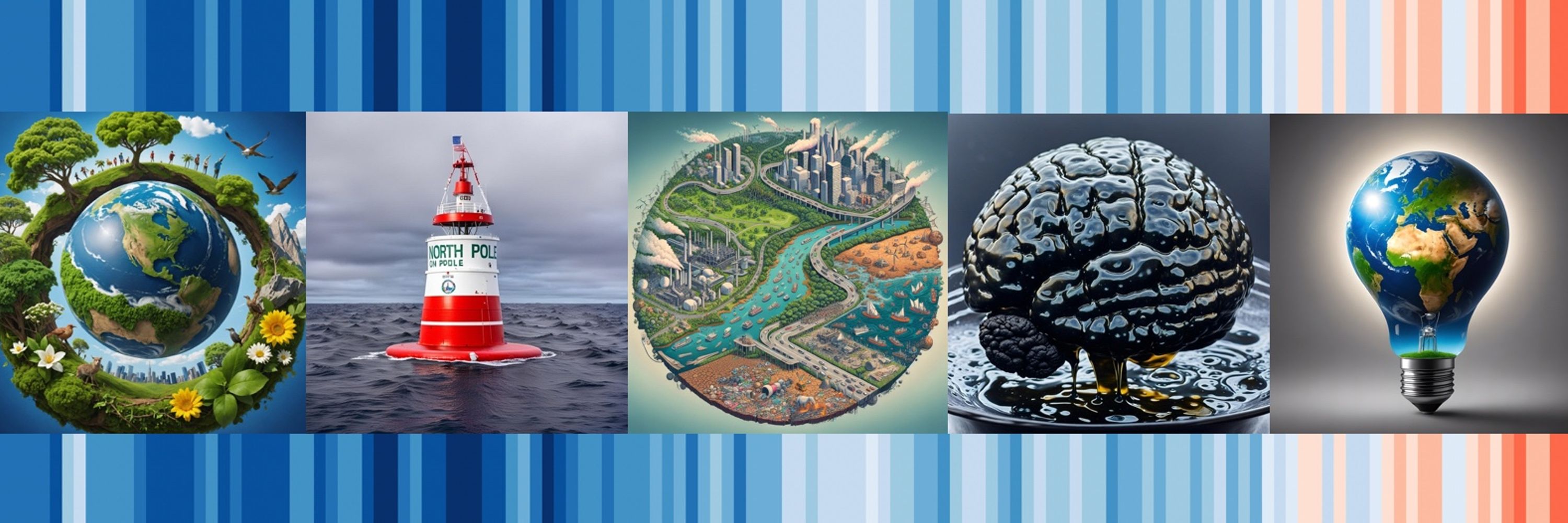Dr Tom Harris
@drtomharris.bsky.social
1.3K followers
190 following
770 posts
UK based Climate Advocate and soon to be retired Management Consultant specialising in Government funded R&D.
Posts
Media
Videos
Starter Packs
Reposted by Dr Tom Harris
Reposted by Dr Tom Harris





